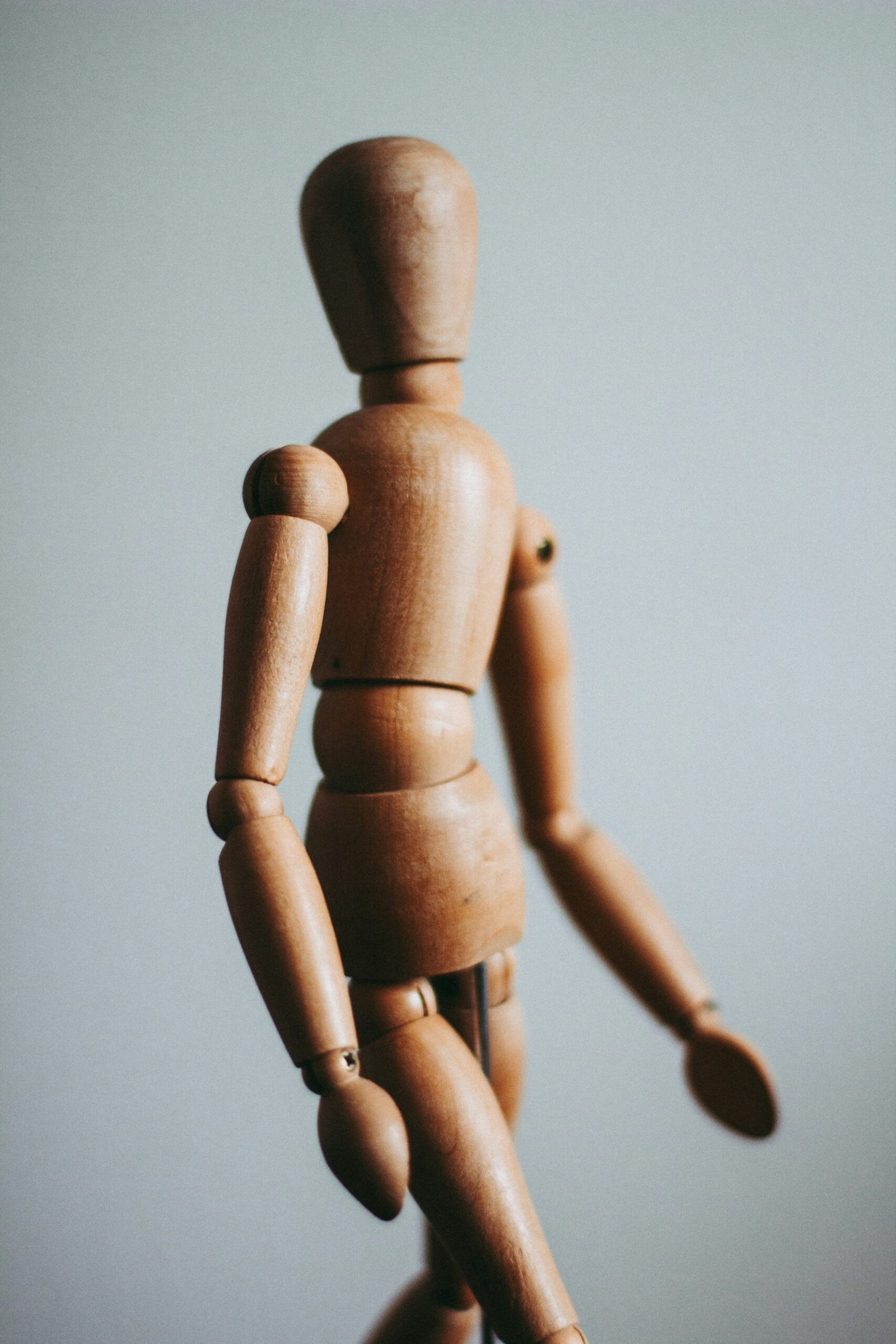Understanding Body Language
Body language is a crucial aspect of human communication that goes beyond verbal expression. It encompasses the non-verbal cues we use to convey our thoughts, feelings, and intentions to others. These cues can include facial expressions, gestures, posture, and even subtle movements.
When we interact with others, our body language often speaks louder than our words. It can reveal our true emotions, attitudes, and level of comfort in a given situation. Understanding and interpreting body language can provide valuable insights into a person’s thoughts and feelings, enabling us to establish deeper connections and enhance communication.
The Power of Non-Verbal Cues
One fascinating aspect of body language is the concept of transmitting “wavelengths” of attraction, desire, or compatibility. These wavelengths refer to the invisible signals we emit through our non-verbal cues, which can be sensed and interpreted by others on a subconscious level.
For example, when two individuals are attracted to each other, they may unknowingly send out signals that create a harmonious wavelength between them. These signals can include maintaining eye contact, mirroring each other’s movements, and displaying open and relaxed body postures. These non-verbal cues can create a sense of connection and compatibility, even before any words are exchanged.
The Role of Body Language in Interpersonal Interactions
Body language plays a significant role in various interpersonal interactions, such as romantic relationships, job interviews, and social gatherings. In these situations, non-verbal cues can often convey more meaning than verbal communication alone.
When it comes to romantic relationships, body language can be a powerful tool for expressing attraction and interest. Subtle gestures like leaning in closer, touching the other person’s arm, or smiling genuinely can communicate a strong desire for connection. These non-verbal cues can create a sense of intimacy and build a foundation for a deeper emotional bond.
In professional settings, body language can influence the outcome of job interviews and business negotiations. Maintaining good posture, making appropriate eye contact, and using confident gestures can convey professionalism, competence, and trustworthiness. On the other hand, closed-off body language, such as crossed arms or avoiding eye contact, may signal discomfort or lack of confidence.
Improving Your Body Language
Developing an awareness of your own body language can help you improve your communication skills and enhance your interactions with others. Here are some tips to consider:
1. Pay attention to your posture:
Stand or sit up straight, with your shoulders back and your head held high. Good posture conveys confidence and openness.
2. Maintain eye contact:
When engaging in a conversation, make sure to maintain appropriate eye contact. This shows that you are actively listening and interested in the other person.
3. Use open gestures:
Avoid crossing your arms or keeping them tightly clenched. Instead, use open gestures that indicate approachability and receptiveness.
4. Mirror the other person:
Subtly mirroring the body language of the person you are interacting with can help establish rapport and create a sense of connection. However, be careful not to mimic their every move, as this can come across as insincere.
5. Be mindful of facial expressions:
Our facial expressions can convey a wide range of emotions. Try to be aware of the messages your expressions are sending and ensure they align with your intended communication.
6. Practice active listening:
Show that you are engaged in the conversation by nodding, smiling, and providing verbal cues. This demonstrates that you value and respect the other person’s thoughts and opinions.
Conclusion
Body language is a powerful form of communication that can convey attraction, desire, and compatibility without the need for words. Understanding and harnessing the power of non-verbal cues can greatly enhance our interpersonal interactions and help us establish deeper connections with others. By being mindful of our own body language and paying attention to the cues of those around us, we can become more effective communicators and build stronger relationships.

